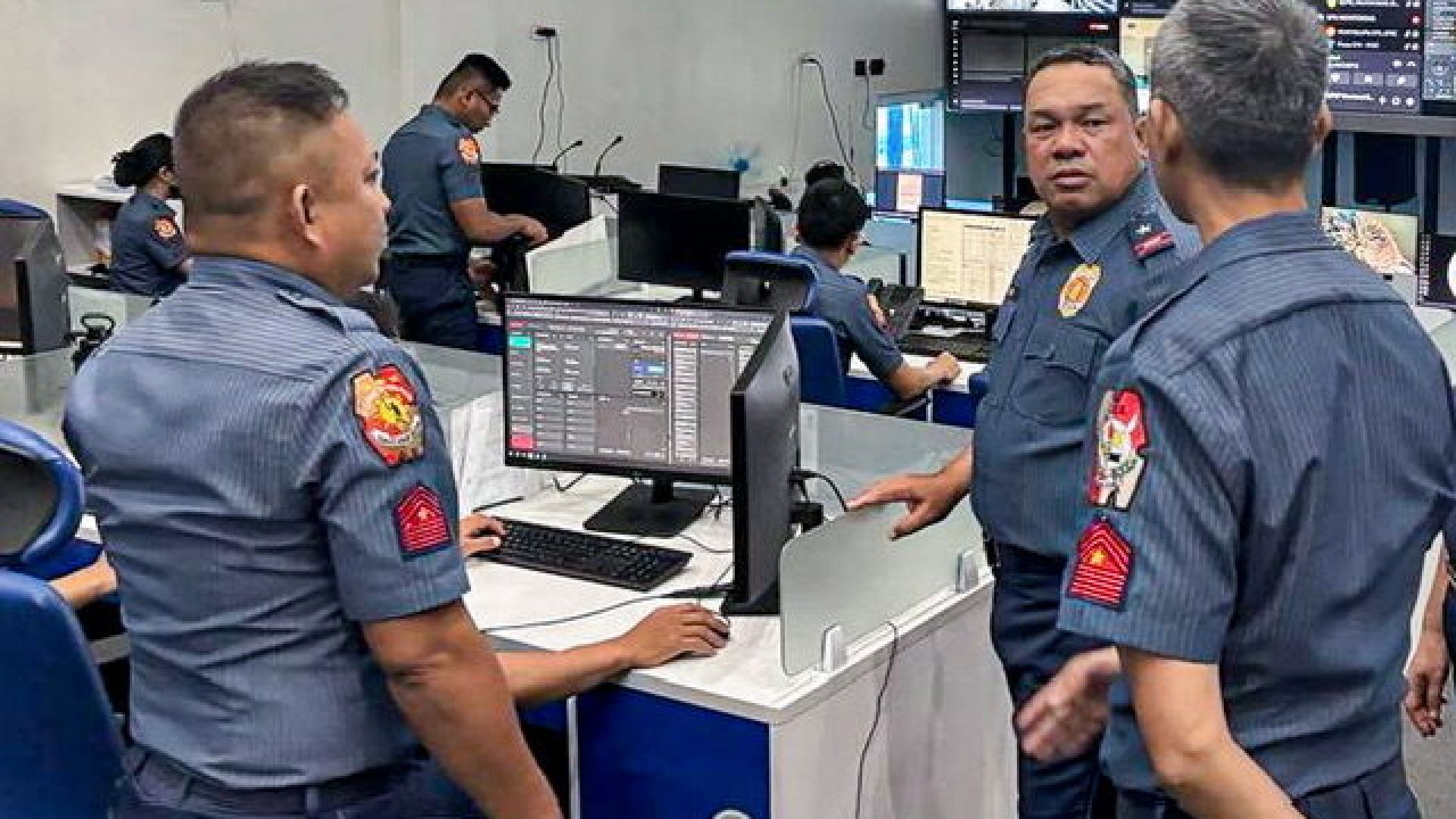Brig. General William O. Segun, newly installed head of the Communications and Electronic Services (CES) of the Philippine National Police (PNP), is set to implement key improvements that will enhance the efficiency and effectiveness of the PNP’s Emergency 911 response system during his term.
According to the former Deputy Commander of the PNP Area Police Command in Southern Luzon, the PNP and the Department of Interior and Local Government (DILG) will work with a system provider to build a cutting-edge, fully integrated emergency communications network that will let the PNP provide timely and effective public safety services to the public nationwide.

“Public safety and quick response rank No. 1 in importance to the PNP, particularly for the CES. It is fundamental to our mandate, which is to maintain peace and order, protect life and property, and enforce the law,” General Segun said.
He pointed out key points that will revitalize the way the PNP responds to emergency calls using next-gen, state of the art technology. According to BGen. Segun, next-gen technology will let the PNP integrate its communication systems with the national 911 platform that is equipped with an Emergency Location System (ELS) and has caller location mapping and data integration. The PNP, the DILG E911 Commission, the DICT, NTC, TELCO providers, Google Asia and the service provider can all share data to ensure seamless collaboration for faster response times.
Emergency call takers and responders will have comprehensive training in emergency call handling, crisis intervention techniques, telephone etiquette and first aid. Field officers will use real-time mobile communication tools, including body cameras, audio recording devices and messaging apps to more efficiently communicate.
Segun shared that the incident monitoring system of the national police will be vastly improved by systems development that will add data fields for monitoring performance and challenges. The system will be able to generate and print pre-formatted reports for improved analysis and response strategy development. Prank calls will be filtered and routed to another channel because prank callers can now be easily identified by the system and penalized according to law.
The CES chief said a comprehensive public awareness campaign will also be launched to educate the public on the proper use of 911 services.
“The PNP CES must transform into a tech-savvy, data-driven, and highly connected force that embraces digital innovation. We are looking at Al-powered dispatch systems for optimized resource allocation, predictive policing tools to anticipate and prevent crime hotspots, and advanced data analytics to identify trends and improve response strategies. We will prioritize rapid and coordinated response, through improved inter-agency communication and real-time data sharing, and maintain strong public engagement through proactive community outreach programs. These are crucial to address the complex safety challenges of today and the future,” General Segun asserted.
“The 911 technology will enable the public to report accidents immediately, providing exact location and details of incidents. This ensures that PNP stations and units are dispatched promptly and accurately based on the data from the 911 call-takers and dispatchers. For example, in a vehicular accident with medical emergency, ambulances are dispatched simultaneously with the call. This inter-agency coordination minimizes delays and maximizes efficiency.”
The 911 hotline is the official and centralized emergency number for police, fire, medical, and other emergency services nationwide, Segun said. It operates 24/7 and is free and accessible to all.




